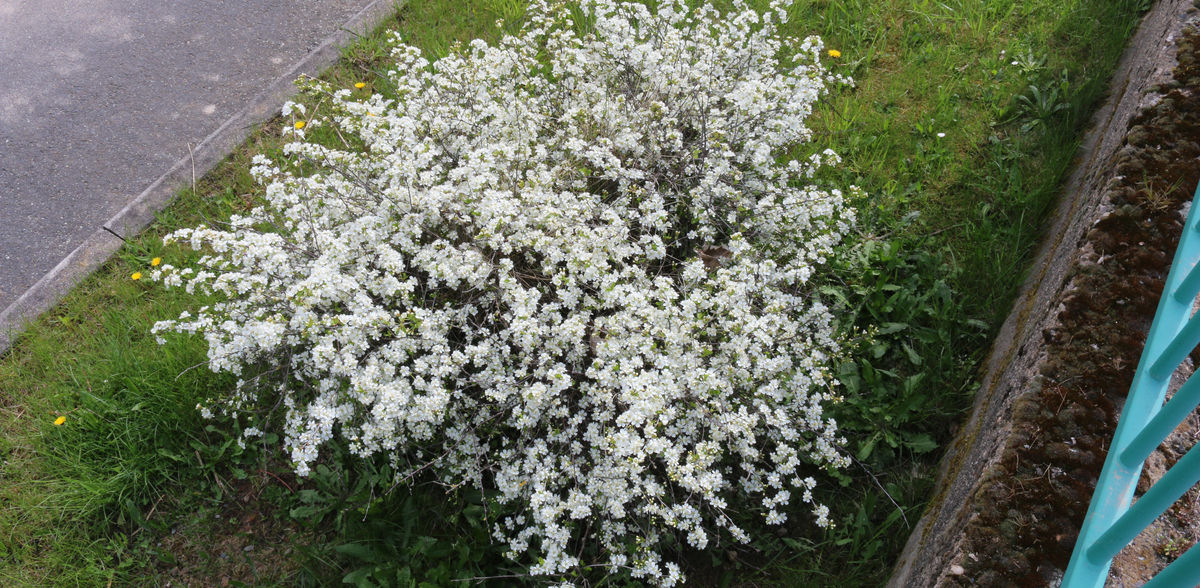Genome sequence of the morelle decoded
Research team uses novel technologies to investigate the complex genetic material of the sour cherry variety and draw conclusions about the origin of the fruit species
Advertisement
sour cherries (Prunus cerasus L.) have a very large (tetraploid) genome. This is due to the fact that in the course of evolution, i.e. on the way from the wild ancestors to today's varieties, the genomes of the parents have combined. The sheer size and complexity of the genome has so far made it difficult to decode the complete gene sequence of certain varieties. A research group from the Julius Kühn Institute (JKI) in Dresden, the University of Greifswald and the Dutch company KeyGene has now succeeded in doing so for the "Schattenmorelle" variety. In "Frontiers in Plant Science", the researchers describe how they decoded the building blocks of the very large genome using a novel technology that can generate long DNA sequences and bioinformatics tricks. With the genome sequence of the morello cherry, all the important genetic data is now available to draw conclusions about the origin of sour cherries.
"Sour cherries originated in the Caspian and Black Sea regions through the natural crossing of the two parent species steppe cherry (Prunus fruticosa Pall.) and sweet cherry (P. avium L.)," reports Dr. Thomas Wöhner from the JKI in Dresden-Pillnitz. The exact time and place of this "spontaneous mating" and the effects on the genome structure have not yet been fully clarified. "What is certain, however, is that the two parent species initially developed separately from each other. Then, in areas where they occurred at the same time, hybridization must have occurred by chance, which ultimately gave rise to today's sour cherries," explains the breeding researcher. As the decoded genome sequence of the morello cherry now confirms, the sour cherry genome therefore consists of two parts. One half of the chromosomes originates from the sweet cherry and the other from the steppe cherry.
Note: This article has been translated using a computer system without human intervention. LUMITOS offers these automatic translations to present a wider range of current news. Since this article has been translated with automatic translation, it is possible that it contains errors in vocabulary, syntax or grammar. The original article in German can be found here.
Original publication
Thomas W. Wöhner, Ofere F. Emeriewen, Alexander H. J. Wittenberg, Koen Nijbroek, Rui Peng Wang, Evert-Jan Blom, Harrie Schneiders, Jens Keilwagen, Thomas Berner, Katharina J. Hoff, Lars Gabriel, et al.; "The structure of the tetraploid sour cherry ‘Schattenmorelle’ (Prunus cerasus L.) genome reveals insights into its segmental allopolyploid nature"; Frontiers in Plant Science, Volume 14, 2023-12-1




























































